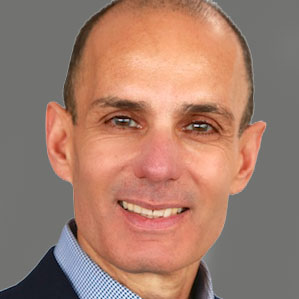Do You Have a Team of Warriors … or Worriers?
Even the most technologically-advanced visionaries are reminded that people are still irreplaceable.
I work with teams that are located in one city, where everyone works on the same floor of the same building, and yet they don’t trust each other or collaborate well together. I also work with globally-dispersed teams who rarely see each other in person, and yet they function with high levels of trust, purpose, collaboration, and intimacy.
So, what determines the effectiveness of team dynamic?
At the simplest level, it boils down to people’s attitudes, mindsets, and dedication to the game, as well as their relationships to themselves and their colleagues.
We all have our own unique style and brand – a distinct personality, mindset, and attitude. We often say similar things using different words. We approach problems differently and think about things from different perspectives. Put simply, we go about business doing things in a way that is fluent with our own style.
There are countless flavors of styles, but they can be divided into two categories:
- Worriers: Those whose attitudes and mindsets are negative, cynical, disempowering, discouraging, undermining, and weakening.
- Warriors: Those whose attitudes and mindsets are positive, empowering, energizing, motivating, exciting, and inspiring.
The more team members you have in one category or the other, the more the dynamic of your team will swing in that direction. So, if you’ve got a team of Worriers, it’s going to be a very cynical and un-energizing environment. Victim mentality breeds in this environment. People often play the blame game, make justifications and excuses, throw others under the bus when things go wrong, and argue about who is right and who is wrong rather than focusing on what’s best for the project or company. It may sound as if I am exaggerating or describing a uniquely-dysfunctional environment. However, most teams – even really effective ones – seem to have these dynamics in their DNA.
On the other hand, if your team is made up of Warriors, they’ll make sure everybody genuinely owns the game, shares thoughts and ideas, and engages in the open, honest, authentic, courageous, and effective conversations that make a difference. In this environment, people tend to talk (not bicker) about the tough stuff – the things that don’t work. Team members are less concerned with who gets credit or blame, and the focus on how to fix and improve things is based on a shared vision and the company’s mission.
While Worriers complain, suffer, and engage in “would have, could have, should have” conversations, Warriors don’t dwell on problems. Instead, they say, “What do we do now?” In the face of challenges or stress, they get innovative and resourceful – and they get things done. This dynamic is much more nourishing and empowering than one made up of Worriers.
So, what do you do if you’ve got a team of Worriers? How do you shift their negative mindset and help them become more Warrior-like? Stay tuned for next week’s blog, when I’ll answer these questions and more.











Leave a Reply
Want to join the discussion?Feel free to contribute!